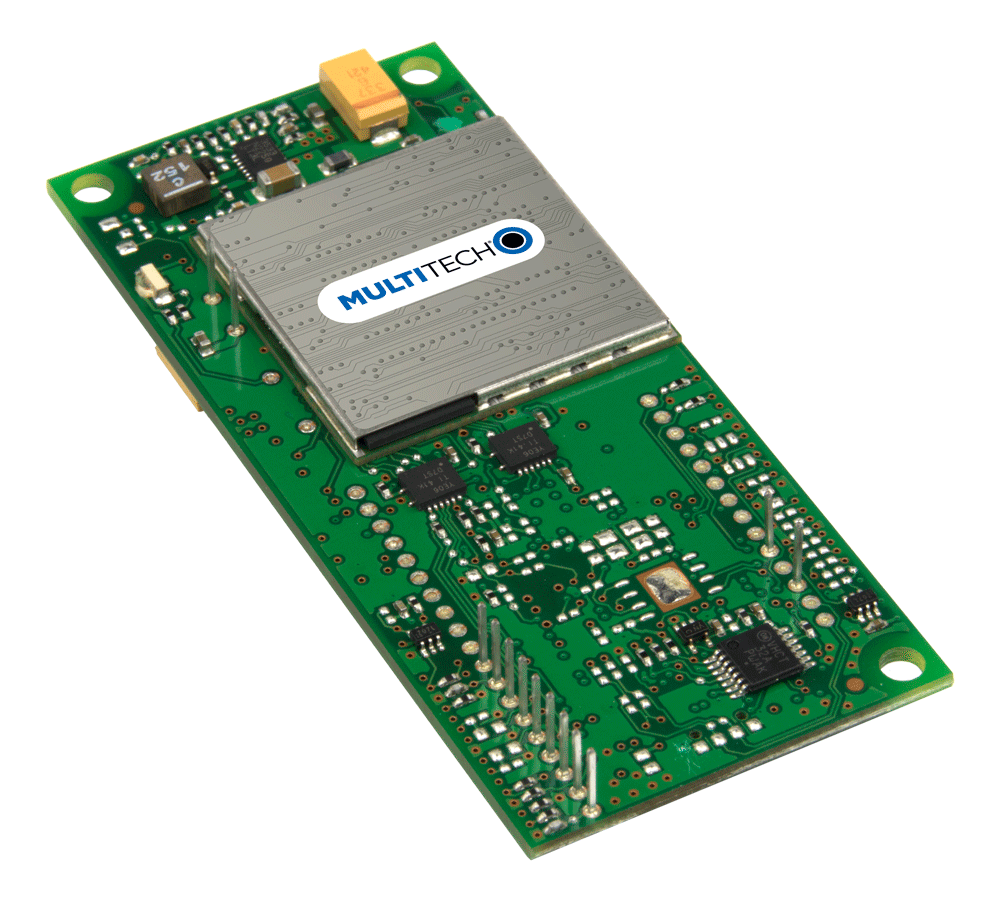Stepping Out (of Band) for Network Protection
Automated network management, out-of-band
Background

Fortunately, network management automation solutions are evolving and more readily available to businesses that require them. Recovery steps can now be performed quickly and seamlessly with new out-of-band solutions. Out-of-band (OOB) management is a method of remotely controlling and managing critical IT assets and network equipment using a secure connection through a secondary interface that is physically separate from the primary network connection. This remote connection enables administrators to gain control of connecting necessary hardware to restore normal operations even during infrastructure faults. Out-of-band management is especially useful for IT teams that need to manage large numbers of locations at scale, where physical access to each individual device is nearly impossible.
Challenge
“A problem with network management is that it relies on the network itself to operate,” said Lisa Frankovitch, CEO of OOB solution provider Uplogix. Uplogix operates from an out-of-band perspective —both as a secondary connection (over cellular, phone lines, fiber, or even satellite links) to remote devices, and by continuously monitoring and taking actions directly over the console port, just like an onsite technician plugging in a laptop. “We go far beyond traditional “dumb” console servers that sit plugged in and waiting to be useful should there be a crisis,” continued Frankovitch.
Initial out-of-band connectivity focused on analog V.92, but as cellular connections became more reliable and cost-effective, Uplogix customers can now deploy cellular for their out-of-band management. “For our customers in the energy industry and defense applications, sometimes satellite connections are used to provide access to sites anywhere on the globe.”
Solution
Pivotal to the Uplogix solution was finding a modular solution for out-of-band remote network infrastructures. Ultimately, they opted for the MultiTech SocketModem® Cell cellular embedded modem. The modem slot on the Uplogix LM83X and LM80 can be customized with AT&T/Verizon Cat 4 or Cat M1 cellular modems, V.92, fiber module or RS232. Uplogix has had a long history with MultiTech and started using the SocketModem® for analog communications many years ago. As cellular technology and connections became more prevalent, Uplogix upgraded to the SocketModem Cell product and could use the same footprint on their board design. The various SocketModem Cell models are all pre-certified by AT&T and PTCRB, providing reliability and interoperability confidence for Uplogix. This allows Uplogix to quickly get to market with a wide variety of cellular technology options to fit the various environmental considerations at a variety of customer’s locations.
“The SocketModem lets us offer our customers the ability to choose the cellular options that work best for them while saving Uplogix time on modem design and certifications for our global product distribution,” said Frankovitch.
A leading global supplier of Internet of Things (IoT) devices and services, MultiTech enables a next generation of connected products and services to ensure organizations can quickly realize the benefits of IoT and achieve true digital transformation. The MultiTech SocketModem® Cell cellular embedded modem is a complete, ready-to-integrate communications device that offers 4G-LTE, Cat 4, Cat 1 and Cat M1 data performance. These quick-to-market communications devices allow developers to add wireless communication to products with a minimum of development time and expense. The SocketModem Cell cellular embedded modems are based on industry-standard open interfaces and use MultiTech’s Universal Socket design.
Utilizing the MultiTech SocketModem lets Uplogix focus on advances in automated out-of-band management, not trying to become experts in cellular modem technology.
Topology
Utilizing the MultiTech SocketModem lets Uplogix focus on advances in automated out-of-band management, not trying to become experts in cellular modem technology.

Outlook
What’s next for the future? “We anticipate cellular for out-of-band links to continue to grow. Both in higher bandwidth applications as well as the Cat M1 deployments that prioritize reliability and access over speed. For our customers that means less downtime, greater security and the ability of their IT staff to focus on innovation rather than just keeping the lights on,” concluded Frankovitch.
Ready to learn more about how MultiTech products can take your business to the next level? Contact our team of experts online at MultiTech.com today!
For additional information, contact: sales@multitech.com



